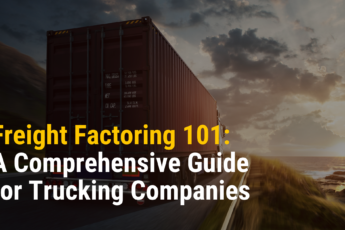A few months ago, there was talk in Washington, DC, about relaxing the HOS rules set by the FMCSA. Initially designed with an emphasis on safety and efficiency, the HOS rules that went hand-in-hand with the ELD mandate in December of 2017 had the opposite effect.
Drivers felt more pressure to deliver time-sensitive shipments with restricted hours and mandatory scheduled breaks. Now the HOS rules are being changed, and there are five key points truckers need to know.
Flexible Breaks
The first big HOS rule to change is how truckers can use their 30-minute breaks. Truckers can take their breaks when waiting at socks or warehouses, thereby giving them more time on the road.
Having to wait while on duty for shipments to load and unload and then being forced to take a 30-minute break once they were on the road has been a major pain point for truckers.
Splitting Off-Duty Time
With the new HOS rules, truckers will be able to split their mandatory 10-hour off-duty time into two breaks, one of at least seven hours and another of two hours. Both breaks must be spent in their sleeper berths.
Pausing Shifts
The 14-hour driving window will be paused when a trucker takes an off-duty break ranging from 30-minutes to three hours, provided the driver takes a full 10-hour off-duty break at the end of their shift. This allows truckers to spend more time driving without getting penalized for taking breaks.
Bad Weather and Traffic
The FMCSA realizes that the current HOS rules do not help drivers who are on the road in adverse driving conditions. Severe weather, construction, accidents, and more saw truckers penalized for driving while trying to find places to pull over when their shifts were coming to an end.
Under the new HOS rules, the 14-hour shift can be extended to 16 hours in total if there are adverse driving conditions.
HOS Rules for Short-Haul Truckers
Short-haul truckers are increasing their on-duty shifts. HOS can be extended from 12 hours to 14 hours, with a driving distance limit of 150 miles from the original 100.
Relaxing the HOS rules are projected to save over $270 million over the entire US economy. While the savings are comparatively small, the ability for the trucking industry to operate at more optimal levels is welcoming.






